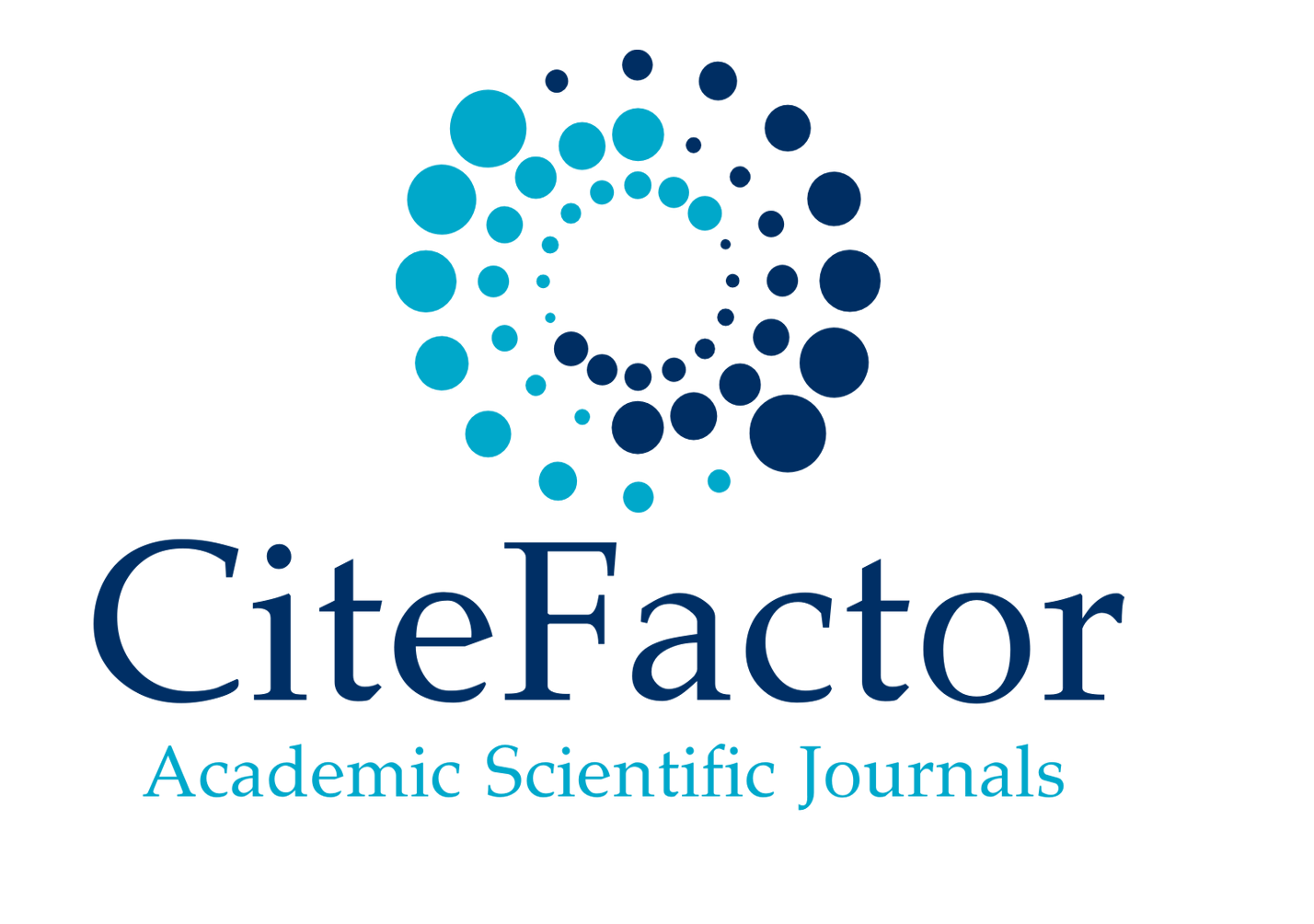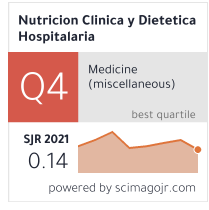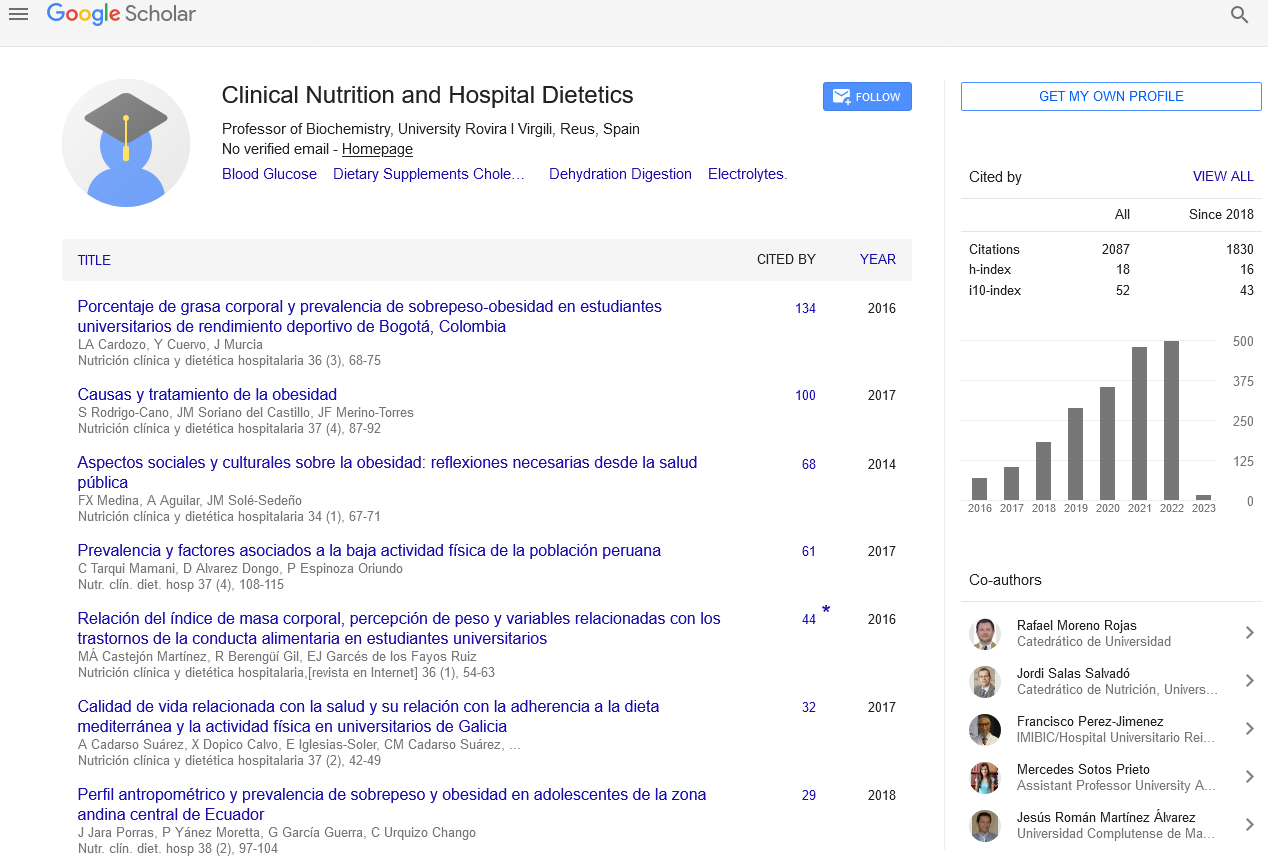Abstract
Dietary habits and nutritional status of upper primary school children covered under mid-day meal scheme in rural Punjab
Author(s): Harpreet KAUR, Pritam HALDER, Rachana SRIVASTAVA, Tarundeep SINGH and Poonam KHANNA*
Background and objective: Hardly research has been conducted to investigate how well India’s Mid-Day Meal Scheme (MDMS) ensures that its participants have better dietary habits and optimal nutritional status. The objective of this study was to evaluate the dietary habits and nutritional status of upper primary school children covered under mid-day meal scheme in rural Punjab.
Methods: This cross-sectional research was conducted among 336 adolescent (10-15 years) students of 6th to 8th standard randomly selected from 11 government/ municipality schools selected randomly from the total 112 schools in Khamannon district of rural Punjab in 2018. After taking informed written assent/consent, pretested, semi structured questionnaire was administered. Anthropometric measurements i.e., height, weight were taken to establish malnutrition, underweight, stunting, wasting, overweight and risk of overweight as per World Health Organisation (WHO) guidelines. The data was analysed using SPSS Window Version 17.0 (US).
Results: Out of all the students, 90% liked the MDM which was being served to them. There was 96% regularity in attending the school daily with a slightly less emphasis on the cleanliness maintenance (73%) of the children by the schoolteachers. Malnutrition and underweight were 59% and 50% prevalent, respectively.
The prevalence of stunting was higher in girls (30%). In boys (n=154) both the stunting and wasting was 23%, with 5% and 6% prevalence of overweight and at risk of overweight respectively. Whereas in case of girls (n=182), the prevalence of stunting (30%) was more than wasting (25%) with less girls (3% each) being overweight and at risk of overweight.
Conclusion: Regularity and attendance were up to mark due to increased likeliness of the food by majority of the students, though cleanliness should be improved further. Higher prevalence of malnutrition, wasting and stunting was observed which was even higher among girls. Overweight and risk of overweight was higher among boys. Hence, Nutritional status was unsatisfactory.
Google Scholar citation report
Citations : 2439
Clinical Nutrition and Hospital Dietetics received 2439 citations as per google scholar report
Indexed In
- Google Scholar
- Open J Gate
- Genamics JournalSeek
- Academic Keys
- JournalTOCs
- ResearchBible
- SCOPUS
- Ulrich's Periodicals Directory
- Access to Global Online Research in Agriculture (AGORA)
- Electronic Journals Library
- RefSeek
- Hamdard University
- EBSCO A-Z
- OCLC- WorldCat
- SWB online catalog
- Virtual Library of Biology (vifabio)
- Publons
- MIAR
- Geneva Foundation for Medical Education and Research
- Euro Pub
- Web of Science
Journal Highlights
- Blood Glucose
- Dietary Supplements
- Cholesterol, Dehydration
- Digestion
- Electrolytes
- Clinical Nutrition Studies
- energy balance
- Diet quality
- Clinical Nutrition and Hospital Dietetics




